Photo
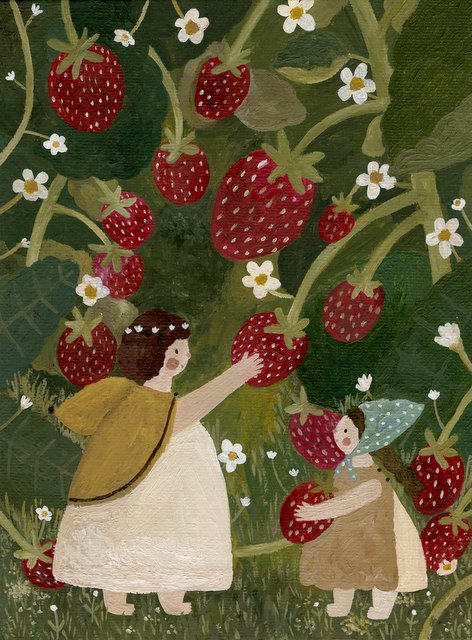
Strawberry Faeries
Acrylic on Canvas
8K notes
·
View notes
Photo
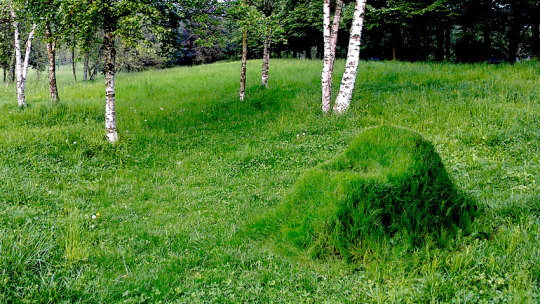


Grow Your Own Chair from Grass, Soil and a Cardboard Framework (via Homeli)
54K notes
·
View notes
Video
youtube
Hello farm-appreciators. I’m about to be remaking my tumblr accounts and that includes this blog but before I get into that I want to direct your attention towards something that intersects with farming more than you may realize: Indigenous Struggle in California.
In the general american mind, California has a big reputation for being not only liberal but for being forward-thinkers on environmental issues, the preservation of “natural resources”, and ‘ethical/sustainable farming’.
In the minds of those who know more of the real history, we have a reputation for some of the most brutal Missions and continued marginalization of indigenous people;a reputation for destroying the land we so proudly brag about as a reason for high ‘property value’ in our cities; knowing that despite growing produce that is shipped around the entire country, our own residents face mass poverty and food shortage; that the ‘wealth’ created here is at the direct expense of those who first worked in partnership with the land to sustain human life.
In the way our federal government funded schools teach history, we either valorize the “mission period” or we admit to the brutality but pretend it is all in the past. We are also taught to believe 2 things about the remaining indigenous culture: 1- that all tribes are recognized by the federal government and that is the basis for ‘negotiations’ between them and the feds 2- that things such as reservations have been gifts, have been good places, and have been the pinnacle of reconciliation and there are no more points of tension between colonizers and those who resist colonization.
This is not the past, though, and there is far more to be answered for than has been yet acknowledged; Historical erasure is just one weapon of the Cultural-Genocide warmongers. There are still disgustingly high rates of direct physical violence against indigenous people, there is the prioritization of colonists languages ( In ‘the americas’ this means english, but also spanish and french, languages spoken by those who came here and violently erected their own nation-states on the backs of the slave trade and anti-indigenous actions), and there is the continued destruction of native lands under the guise of ‘economic development’ in pursuit of capital gain.
The fight to protect Juristac (prn: Huris-tak) is a nearly archetypal example of how all these issues intersect. One of the most sacred spaces to the indigenous people of this part of central california, on the old lands of the Amah Mutsun (a non-federally-recognized tribal band), the land is ‘owned’ by capitalists who wish to convert it into a gravel mine before selling it, a move that would ‘increase the land value’ while destroying the actual land.
Take a moment today to learn about this and what is at play here.
Pay attention. There may just be something similar happening in your part of the world. These fights do not get largescale public interest ofttimes until it is too late to change the course.
updated actions for this specific fight are to be found at http://www.protectjuristac.org/how-to-help/ and https://www.facebook.com/protectjuristac/
—————-
Further Reading:
The Case of California’s Amah Mutsun by E. Richard Hart, published in the journal Western Legal History, 2003 — a scholarly review of the legal history of the dispossession of Mutsun people from their ancestral lands, with a focus on the case of Rancho Juristac (Sargent Ranch).
Video: Excavating the past; Improving the future— by UC Berkeley, 2018. 4 minutes. Portrays ongoing collaboration between the Amah Mutsun Tribal Band and UC Berkeley archaeologists and anthropologists.
http://amahmutsun.org/
https://www.amahmutsunlandtrust.org/
38 notes
·
View notes
Text
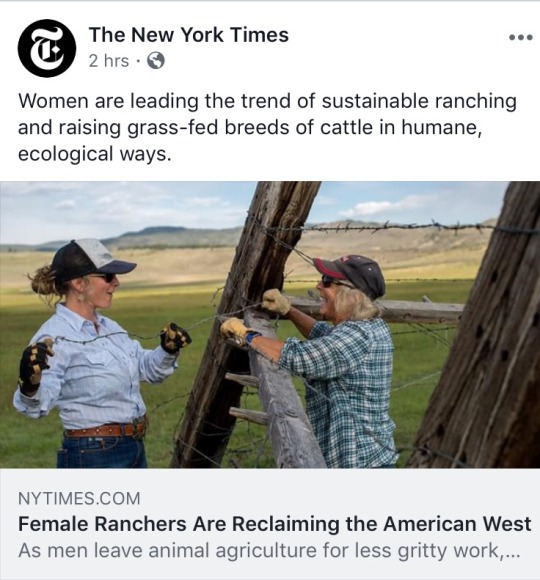
THE LESBIAN AGENDA IS SUCCEEDING
133K notes
·
View notes
Link


When you think of Detroit, ‘sustainable‘ and ‘agriculture‘ may not be the first two words that you think of. But a new urban agrihood debuted by The Michigan Urban Farming Initiative (MUFI) might change your mind. The three-acre development boasts a two-acre garden, a fruit orchard with 200 trees, and a sensory garden for kids.
If you need a refresher on the definition of agrihood, MUFI describes it as an alternative neighborhood growth model. An agrihood centers around urban agriculture, and MUFI offers fresh, local produce to around 2,000 households for free.
In a statement, MUFI co-founder and president Tyson Gersh said, “Over the last four years, we’ve grown from an urban garden that provides fresh produce for our residents to a diverse, agricultural campus that has helped sustain the neighborhood, attracted new residents and area investment.” Through urban agriculture, MUFI aims to solve problems Detroit residents face such as nutritional illiteracy and food insecurity.
Now in the works at the agrihood is a 3,200 square foot Community Resource Center. Once a vacant building, the center will become a colorful headquarters and education center. As MUFI is a non-profit operated by volunteers, they’ll receive a little help to restore the building from chemistry company BASF and global community Sustainable Brands. Near the center, a health food cafe will sprout on empty land.
MUFI describes the agrihood as America’s first sustainable urban agrihood. There are other agrihoods around the United States, such as this one Inhabitat covered earlier in 2016 in Davis, California. But the California agrihood is expensive; many people couldn’t afford to live there. The Michigan agrihood is far more accessible.
MUFI isn’t stopping with the community center. They’re also working on a shipping container home, and plan to restore another vacant home to house interns. A fire-damaged house near the agrihood will be deconstructed, but the basement will be turned into a water harvesting cistern to irrigate the farm.
22K notes
·
View notes
Photo
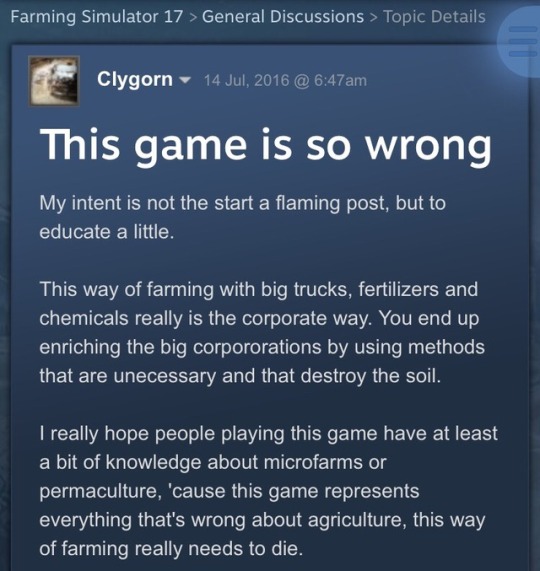
really vibing with this guy going off about permaculture on the farming simulator ‘17 boards
28K notes
·
View notes
Text
In regards to the expensive nature of saffron…
‘stares into distance, takes a long drag off of what is, if you look closely, in fact a candy cigarette’
what if I told you…that saffron…is actually not that hard to grow at home for your own use.
Oh look a place you can buy the bulbs.
If you live in a climate colder than zone 6…as I do…plant them in containers and move the containers into a basement or garage during the winter.
They bloom in fall, and are quite lovely. And also you get saffron.
59K notes
·
View notes
Link
Long strips of bright wildflowers are being planted through crop fields to boost the natural predators of pests and potentially cut pesticide spraying.
The strips were planted on 15 large arable farms in central and eastern England last autumn and will be monitored for five years, as part of a trial run by the Centre for Ecology and Hydrology (CEH).
Concern over the environmental damage caused by pesticides has grown rapidly in recent years. Using wildflower margins to support insects including hoverflies, parasitic wasps and ground beetles has been shown to slash pest numbers in crops and even increase yields.
22K notes
·
View notes
Photo

This amazing design was done by Chinese farmers in Anhui Province. They made the farm enjoyable.😄👏👍 To have a look at more of their designs on CGTN Facebook page @CGTN. #farm #design #hellokitty #cartoon #cute
2K notes
·
View notes
Text
the use of the word “farmer” to mean not just people doing actual, important farmwork, but also include the parasitic capitalists who simply profit from those people’s labour.. incredibly insidious. so many policies marketed as “helping farmers” are really aimed at supporting people who exploit farmers, furthering their misery
4K notes
·
View notes
Text
the idea that “plant patents inspire innovation because companies work harder to try to create crops that are unique and able to be patented” is completely nutty.
patent-free plants = small plant growers and breeders and farmers are able to propagate and sell and breed those plants = innovation
patented plants = small plant growers must go through a large company to legally buy those plants and then must not propagate or sell in illegal ways and the breeders doing the actual innovative work bid to big companies to accept their plants as part of their lineup and then see a cut of the final sales and farmers overall must rely on corporations and accept their monopoly on certain varieties = lack of innovation and stagnancy
178 notes
·
View notes
Text
I hate the attitude some nursery customers seem to have where if we’re selling them a native plant or a wildflower or a “weed”, we’re ripping them off because they could have gone out and dug it up themselves and these plants are somehow lesser because they haven’t been as extensively cultivated or are not common garden plants or you may walk out in the woods and happen to see one growing wild. The great GREAT majority of “legitimate” garden plants that everyone thinks of first? Cultivated in Europe or native to Asia. There’s nothing wrong with (most) non-native, cultivated garden plants but there’s nothing necessarily better about them either. Basically, shut up lady and buy my Ironweed and Mexican hat or go away
327 notes
·
View notes
Text
“I teach a class called ‘Decolonize Your Diet,’ and I talk about the Spaniards arriving in Mesoamerica. One of the first things they tried to change—in addition to religion— was the way people ate. They introduced wheat and tried to make eating bread something that was seen as more valuable than eating corn. They outlawed amaranth, and in South America they outlawed quinoa. I tell my students to think about how the dominant powers are invested in controlling what their subjects eat, and then to take that concept from the 1500s to our contemporary era and ask themselves, ‘What are the powers that be wanting us to eat right now? Where are all the food subsidies going? How is that influencing what we’re eating? Who’s benefiting and who’s suffering because of that?’ For students, drawing those connections is really powerful, and it gives them a tangible way to analyze relations of power.”
— Dr. Catrióna Esquibel
(via catherineaddington)
42K notes
·
View notes
Photo
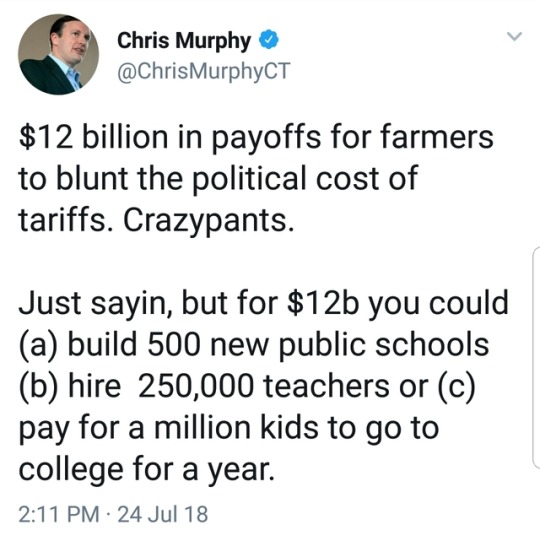
Trump wants to pay farmers $12Billion to watch their crops rot.
Trump is creating welfare for farmers.
10K notes
·
View notes
Text
How Food Looks Before It’s Harvested.
Sesame Seeds
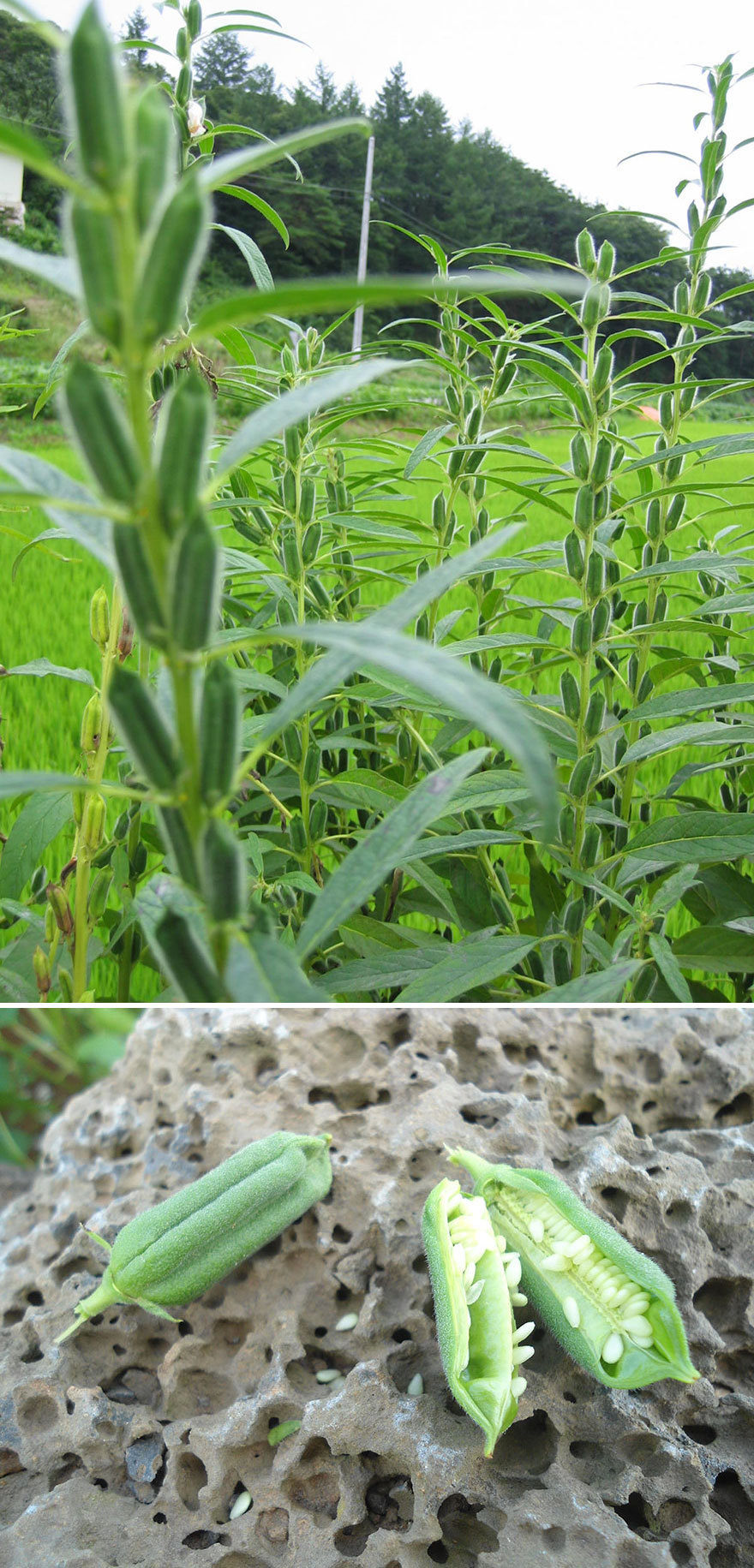
Cranberry

Pineapple

Peanut

Cashew

Pistachio

Brussel Sprouts
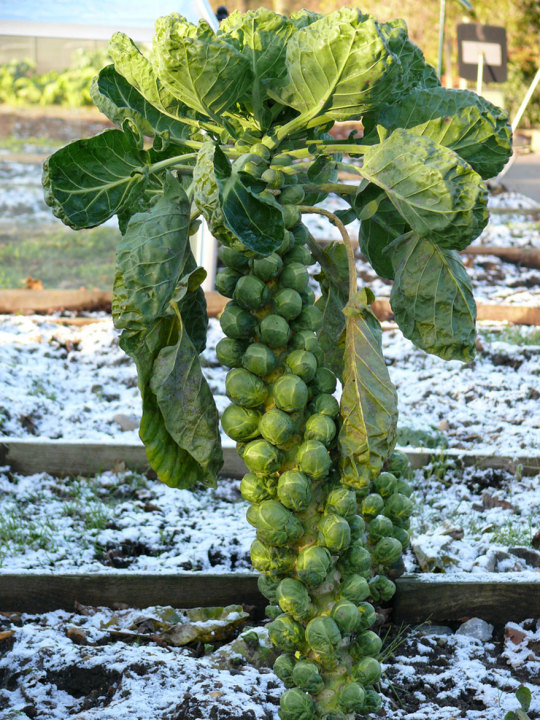
Cacao
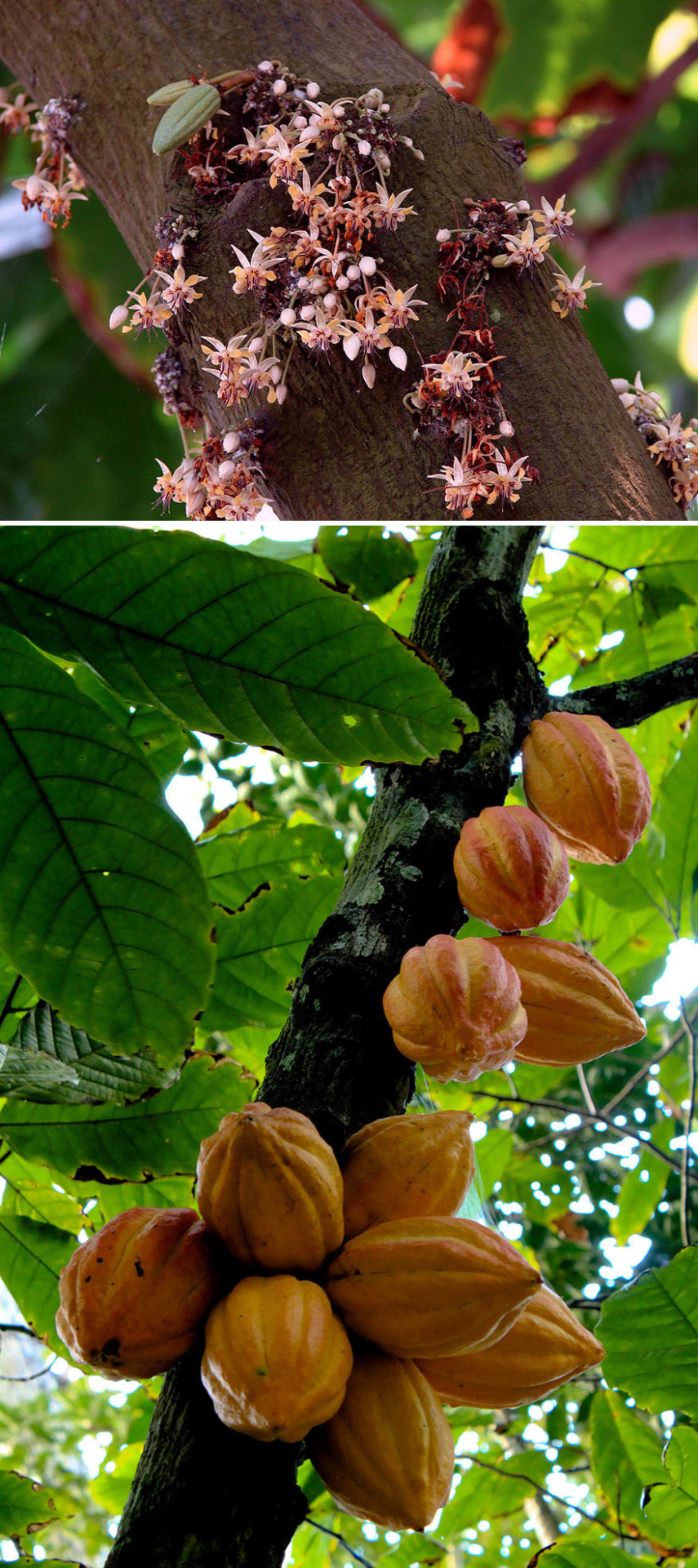
Vanilla
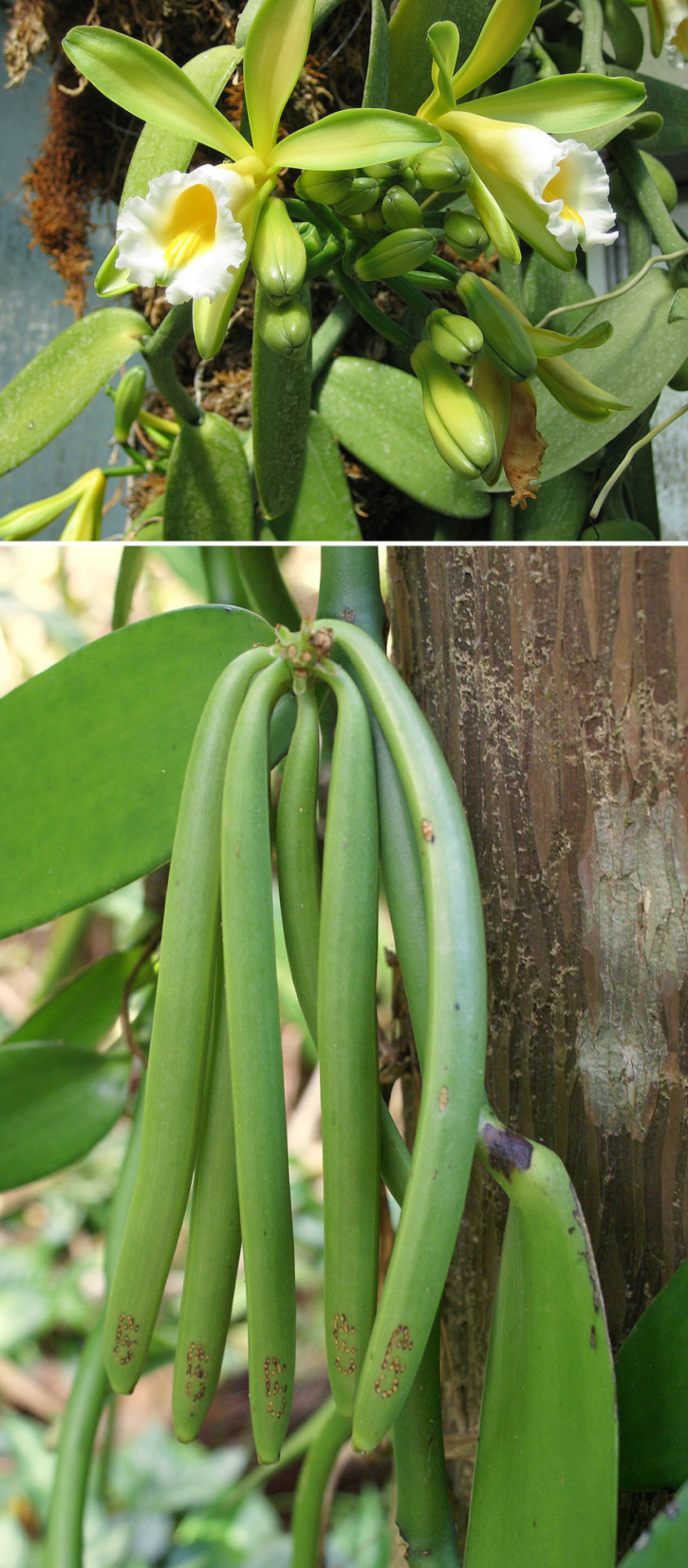
Saffron
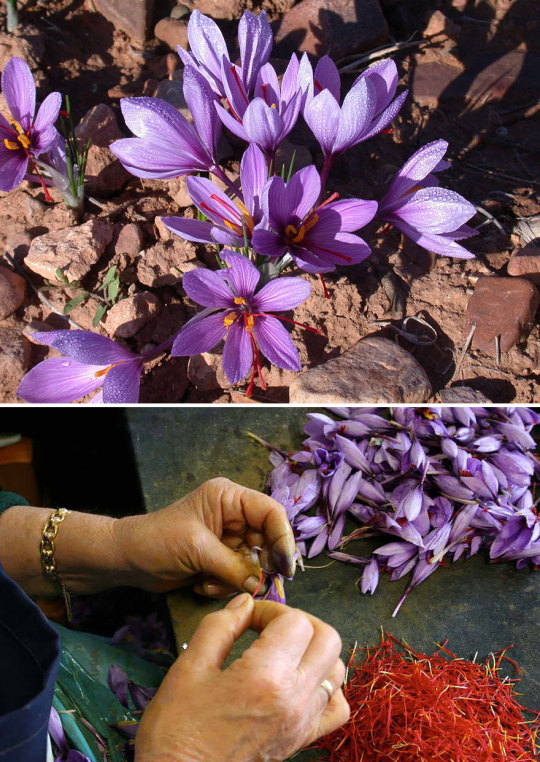
Kiwi

Pomegranate

405K notes
·
View notes
Text
p.s.a. post bc i don’t think it’s talked enough about
environmental racism is real and most city dumps, toxic waste, and pollution are located in poor and/or black neighborhoods
so if ur an environmentalist like me, add that to your agenda when promoting environmentalism, please!
14K notes
·
View notes
Text
people who “tell it like it is” and give us the “full brutal truth” never say shit like, “farmers are underappreciated”. why not?
5K notes
·
View notes